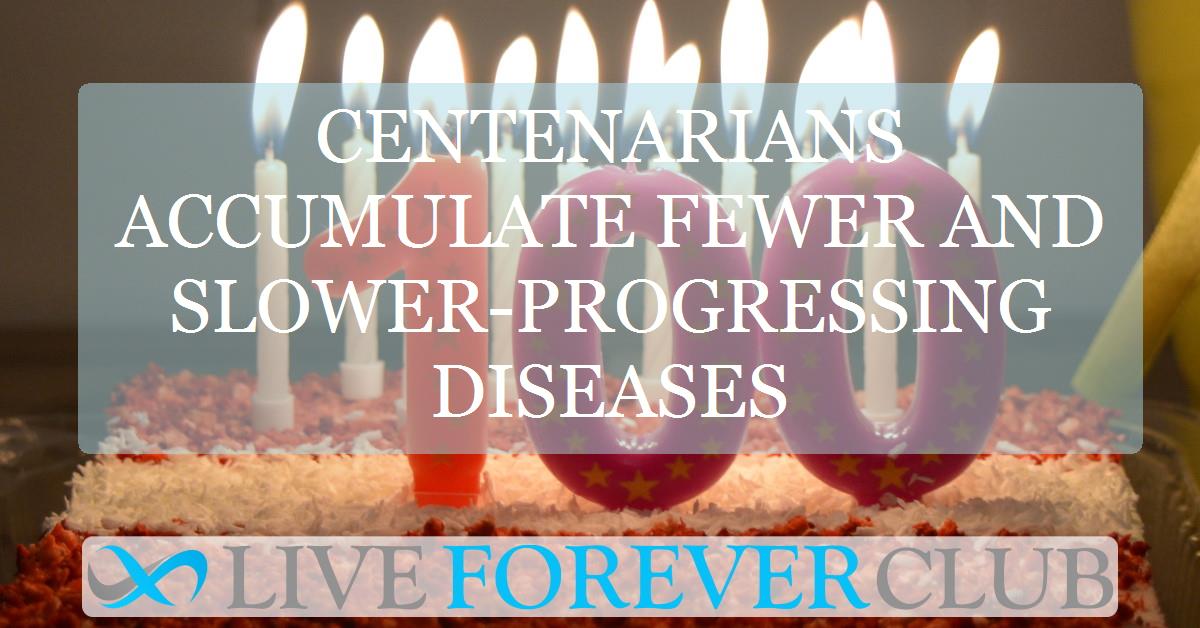Longevity has fascinated humankind for centuries. Ancient myths spoke of fountains of youth, while modern science chases molecules and markers that might extend life. Yet among us, some quietly achieve what most can only dream of—living beyond 100 years. Centenarians have become more common, but they remain an extraordinary group. They are not only symbols of survival but also living maps of human resilience. Their stories whisper that reaching such an age is less about sheer endurance and more about how the body handles the weight of disease across time.
Following health through decades
To understand this mystery, Swedish researchers tracked the health of over 270,000 individuals born between 1920 and 1922. This massive dataset allowed them to compare those who died in their 70s, 80s, or 90s with the rare few who crossed into triple digits. Health records from age 70 onward provided a window into the course of disease accumulation across three decades. Unlike snapshots of health taken at single points in time, this approach painted a moving picture, showing not only who fell ill but also when and how conditions overlapped. In this unfolding story, centenarians emerged as outliers, carrying distinct health trajectories that separated them from their peers long before their hundredth birthday.
A slower rise of disease
The numbers tell a remarkable tale. At age 85, centenarians averaged just over one diagnosed condition, while those who would not live past 90 carried twice as many. Even as years piled on, centenarians never reached the same disease load as people who died in their 90s. More strikingly, in their final decade of life, disease accumulation among centenarians stabilized rather than accelerating. While their peers saw steep increases in conditions as death approached, centenarians maintained a steadier balance. This suggests that their longevity stems not from avoiding disease entirely, but from containing its spread and slowing its march.
Patterns in illness
The study also revealed fascinating differences in which diseases dominated. Cardiovascular conditions, from heart failure to hypertension, appeared most often across all age groups. Yet centenarians consistently carried a lighter cardiovascular burden than those who died earlier. In contrast, cancers accounted for a relatively larger portion of their diagnoses, though these cases often seemed less aggressive or more manageable. Perhaps most intriguing, neuropsychiatric conditions—particularly dementia and depression—remained consistently rarer among centenarians. This gap grew wider with age, suggesting a powerful link between mental health resilience and the ability to reach extraordinary ages.
Living with fewer overlaps
The challenge of aging often lies not in single diseases but in their tangled coexistence. Multimorbidity, the simultaneous presence of several conditions, complicates treatment and accelerates decline. Centenarians, however, were less likely to fall into this trap. They more often had illnesses confined to a single disease group, rather than spanning multiple systems. For example, the pairing of cardiovascular and musculoskeletal disorders—common among those who died in their 80s—was far less prevalent in those who crossed the century mark. This reduced overlap may help explain why centenarians maintained functionality and independence for longer.
Clues in biology and environment
What allows centenarians to manage disease so differently? Genetics provides part of the answer, but not the whole. Studies show that centenarians possess similar numbers of risk variants as others. What sets them apart is timing. Diseases appear later, progress more slowly, and often remain contained. This pattern suggests an interplay of genes, environment, and perhaps epigenetic modifications that blunt harmful effects. Lifestyle factors—diet, activity, social connections—likely contribute, while hidden protective biological pathways may also play a role. Together, these influences shape a body more capable of resisting the cumulative stress of time.
When differences begin
The divergence does not emerge suddenly at 100. Instead, it becomes visible decades earlier. By age 70, centenarians already showed lower disease burdens and slower accumulation rates than their peers. This suggests that the seeds of resilience are planted long before extreme old age. Preventive strategies aimed at preserving cardiovascular health, protecting mental well-being, and managing chronic conditions may be most effective when introduced in midlife or even earlier. The study underscores that the path to 100 is less a sprint at the end and more a lifelong shaping of health trajectories.
Redefining longevity
These findings challenge the assumption that longer lives inevitably mean more years of frailty and dependence. Instead, centenarians demonstrate that aging can follow a gentler curve. Their lives suggest that extreme longevity may not be as resource-intensive as once feared, since disease burdens remain relatively contained. More importantly, their example points toward a new definition of aging: not a simple extension of years, but an extended capacity to maintain balance in the face of physiological challenges.
The promise ahead
The Swedish research offers more than statistical insights. It invites us to imagine futures where extreme old age is not synonymous with suffering. Identifying the genetic, environmental, and lifestyle factors that allow centenarians to keep diseases at bay may open doors to targeted interventions. Whether through biomarker panels, early preventive care, or refined lifestyle recommendations, the lessons from these long lives could shape how societies prepare for aging populations. Centenarians stand not as exceptions to the rule, but as guides showing that resilience, more than mere survival, defines the art of longevity
The study is published in the journal EClinicalMedicine. It was led by Yuge Zhang from Karolinska Institutet.







